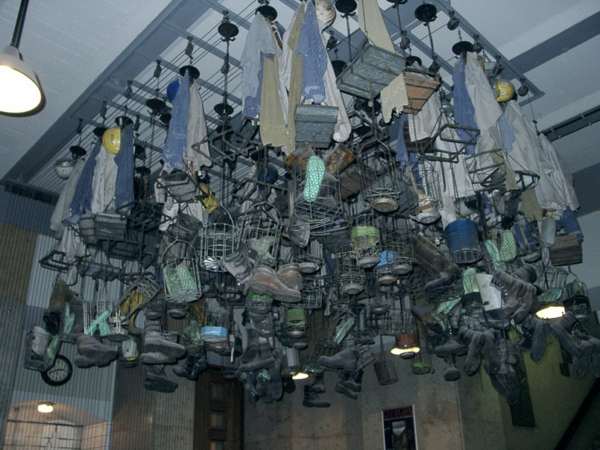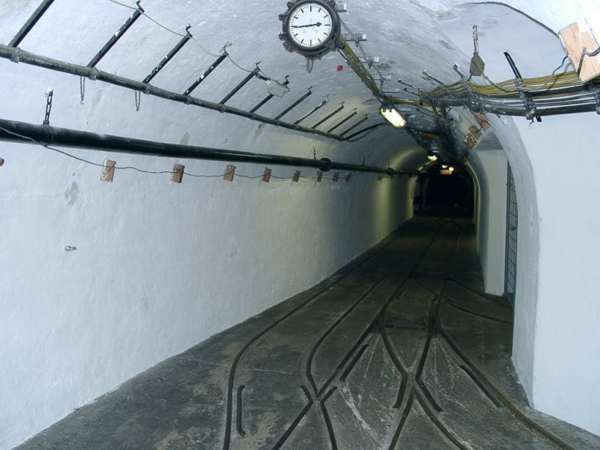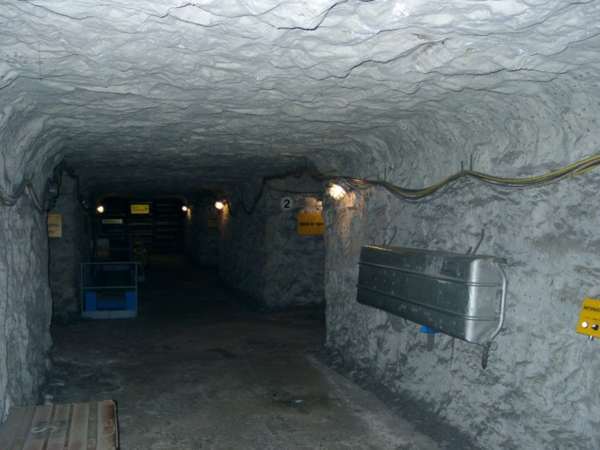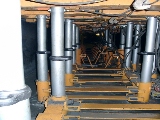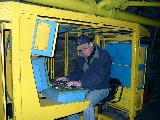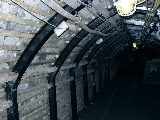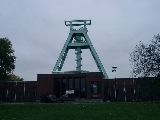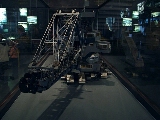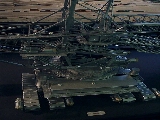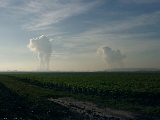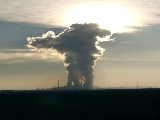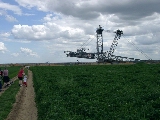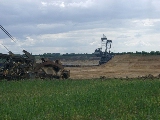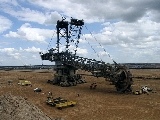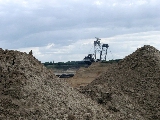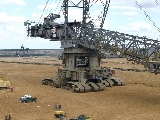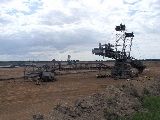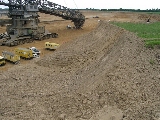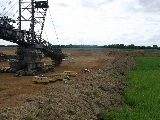
THE HANDSTAND
june 2005
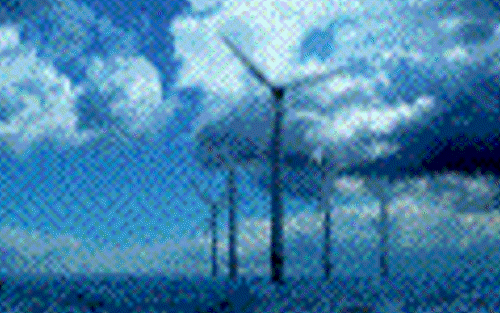
Coal und Deutschland
"Coal
and Germany"
Photo by Ulla Hillebrand
click miniatures to enlarge
Below is a
set of photos and a commentary on the history of coal
production in Germany over the last century. Germany is
rich in coal, especially brown coal, or lignite. But what
Germans are doing to their own country to mine this coal
baffles me a little bit. Here is what Ulla and I saw in
the mines at Bochum and in the open air mine, Tagebau
Garzweiler, west of Düsseldorf.
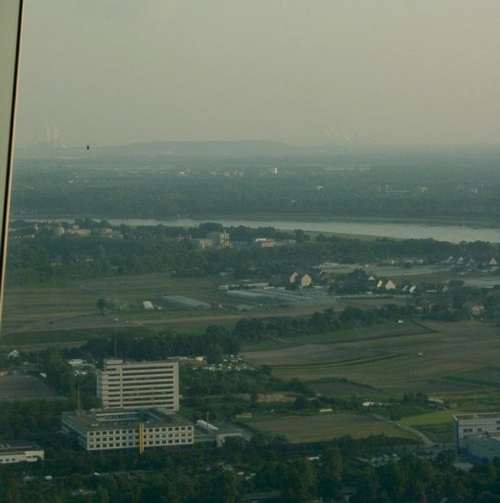
This is a shot from the communications tower, Rhein Turm,
in Düsseldorf, looking west toward the largest brown
coal surface mine in the world. Notice the two power
plants in the distance, one on either side, and the mound
of earth inbetween them
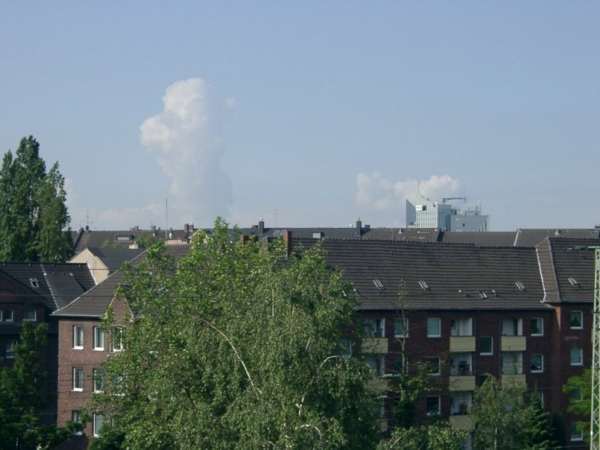
There are
actually three power plants in tha area. Even though they
are several miles away, this is what you can see, when
they are operating, from Ulla's balcony in Düsseldorf
I shot these photos during two different trips in 2002. Ulla and I had driven past this mine several times over the last few years. We finally got a little curious and decided to check it out. We had seen the immense mining machines from the A46 autobahn and wanted to see them up close. The mine is Tagebau Garzweiler. But, before we went there, we went to Deutsch Bergbau Museum in Bochum, just north of Düsseldorf. 'Bergbau' means 'mining' in English. There we found not only a geological history of Germany, but what the mining industry means to the country. A link to their fantastic website is here. The site is in German, but, the presentation is great and you'll get a really good idea of what we saw. We climbed that thing...I wouldn't go to the top
"Germany has relatively insignificant domestic energy sources and is heavily import-reliant to meet its energy needs. Coal accounted for 47% of domestic energy production in 1999, nuclear power 30%, natural gas 14%, renewable sources (including hydro) 6%, and oil 2%. However, oil accounted for 41% of consumption." Source: Energy Information Administration, USA. That link is here. . Suprisingly, even though coal is Germany's largest domestic energy resource, Germany is actually a net coal importer. Germany is Europe's largest energy consumer. It also ranks 4th in the world in installed nuclear power capability behind the U.S., France and Japan. Nuclear power comprises 21% of Germany's energy needs. Source:
Energy
Information Administration, USA.. I find it a bit of a dichotomy that a country that cares so much about its landscape and natural resources would continue to pursue this sort of mining. This one mine has forced the destruction of several villages, and the relocation of their populations and histories. There are several other mines like this one in Germany, particularly in the coal-rich areas in Nordrhein-Westphalia in northwestern Germany. But Tagebau Garzweiler is the biggest So, I don't get it. It seems to me that Germany has the resources to deal with its energy needs. Oil and gas must be imported, for the most part, sure. But I think that Germany has the means to generate its own electricity needs without having to gouge and scar the landscape and uproute and destroy centuries of rich cultural history. Germany has fast moving rivers that could potentially be excellent sources of power. Submerged turbines under the Rhine, for example...just an idea. Unfortunately, mines like Tagebau Garzweiler are largely political entities. From what I have learned, most of the 87 million people that live in Germany don't support an energy resource that destroys so much land in a country that is only the size of the state of Montana in the U.S. The people who live near this mine may be thinking the same thing that I am... "Wir können das besser machen. " Copyright
© 2002 by James Allen Girard |
